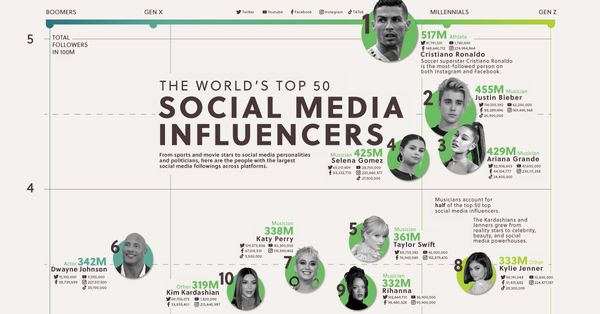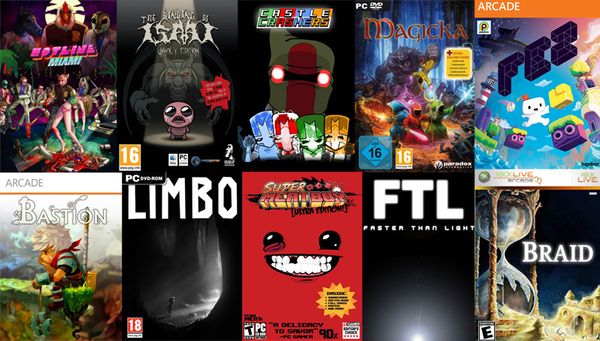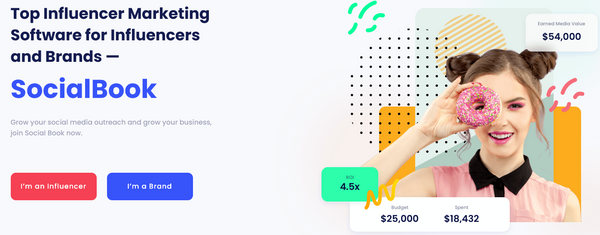The epic fail that was the Fyre Festival is renowned for being an undisputed disaster in every respect except but one—the extraordinary success of the influencer marketing campaign that promoted it. Much of the talk post fallout has been about the power of influencer marketing and the dangers of using this formidable tool irresponsibly.
But was the Fyre influencer marketing campaign really the all-out marketing win that it’s purported to be?
It was certainly a triumph in one important respect. On December 12, 2016 sixty-three influencers simultaneously posted the mysterious orange Fyre graphic on Instagram with the hashtag #fyrefest. Twenty-four hours later the posts had garnered an astonishing 300 million impressions, making the reach of the campaign beyond impressive.So far, so good. We have a campaign that’s grabbed the attention of a lot of people and created substantial buzz around an event, but just how many of these 300 million impressions led to actual conversions in the form of ticket sales? In this particular instance we can be relieved that the answer is: Not nearly enough.
Since the ultimate purpose of any marketing campaign is to make sales, it makes sense to question the validity of repeated assertions that the Fyre campaign was a runaway success and a testament to the effectiveness of influencer marketing itself. Millions—even hundreds of millions—of impressions do not necessarily translate into sales.
If impressions are not leading to conversions, the campaign is not a success. If we are measuring the success of the Fyre campaign by ticket sales, it definitely does not pass muster, but that doesn’t mean there aren’t some powerful lessons to be learned from the whole debacle.
If we take what was done well—getting people’s attention so that they stop scrolling and click—and adapt it in such a way that conversions are much more probable, this cautionary tale can become a starting point for a profitable influencer marketing campaign for your brand.
What Went Wrong With the Fyre Festival Campaign
Initially it may sound like a great idea to assemble a group of famous macro influencers with massive followings to promote your event, but is this really the ideal strategy if you want to maximize your ROI?
In the case of the Fyre Festival campaign, it’s clear to many that organizer Bill McFarland spent so much on influencers because his most urgent motivation was not to put on a music festival, but to hang out on the beach with supermodels using his investor’s money. It is difficult to come up with any other explanation for the total lack of long-term planning and sensible budgeting.
The first budgetary offense was the pricey, model-saturated promotional video—which Shutterstock hilariously recreated in under one day for less than $2,100. The real video costs thousands and thousands and was shot on location in The Bahamas.
After shooting the promo video, when it came time to take care of practical concerns like actually building a venue, money was harder to come by, making it seem that giving the appearance of putting on a festival was an end in itself for McFarland.
When it came time to launch the influencer campaign, Kendall Jenner was hired and paid a staggering $250,000 for her single Instagram post that helped unleash the Fyre Festival on hordes of unsuspecting millennials. Other influencers were paid extravagantly as well—not less than $20,000 for their posts, an outrageous, budget-blowing amount to spend on influencers alone.
To add to all this unnecessary spending, Fyre organizers fell far short of hitting their sales goal with this campaign.
In the pitch deck that festival organizers presented to investors, the goal was to sell 40,000 tickets by March 31 of 2017. In the end—thankfully, under the circumstances—they sold a mere 8,000 tickets, only 20% of the projected goal.
Let’s look at the example of Kendall Jenner in this campaign. Jenner had 72.5 million followers at the time of her Fyre Festival post, which means that even if all 8,000 tickets sold could be attributed to her post alone, only about 1/10 of 1% of her followers purchased tickets. This is hardly an impressive conversion rate, especially considering how much she was paid for the post.
What Marketers Can Learn From the Fyre Campaign
A better plan for an influencer marketing campaign—and one much less likely to break the budget—is to assemble a larger pool of micro influencers who together can approximate the reach of several celebrity macro influencers. These micro influencers themselves cares about their followers, they care about what messages they are actually sending out. They provide exposure for a product, service or event to the most appropriate niche audiences. We use SocialBook to find these smaller but more effective influencers.
Micro influencer posts cost a fraction of what celebrity posts do, but add the magic ingredient of greater engagement rates with followers, which creates conversions that you don’t necessarily get with celebrities who have very little connection with their followers.
This lesson appears to have been taken to heart by marketers. A survey by Influencer Marketing Hub, found that 94% of respondents were either “not likely” or “very unlikely” to hire pricey celebrity influencers for their future campaigns.
How the Fyre Campaign Has Helped Influencer Marketing Come of Age
The Fyre Festival drama was akin to an adolescent growing pain for influencer marketing; a benchmark on the road to full maturity for this relative newbie on the marketing scene.
One of the harshest realities brought to light by the whole Fyre-y mess was the lack of transparency habitual to so many influencers when posting sponsored content. Of the influencers who posted the Fyre burnt orange tile on Instagram, only one, Emily Ratajkowski, added the #ad to her post, as required by the FTC.
The notoriety of the festival has led to marketers at long last prioritizing transparency in sponsored posts according to a survey.
The promise of greater transparency in influencer marketing campaigns is an encouraging result that has come out of this disastrous campaign. More transparency ultimately lends further credibility to the influencer marketing genre as a whole, ensuring its future.
Want to find out how to find the best Instagram influencers for your target demographic? Head on over to SocialBook for a free demo and trial to find out how!







